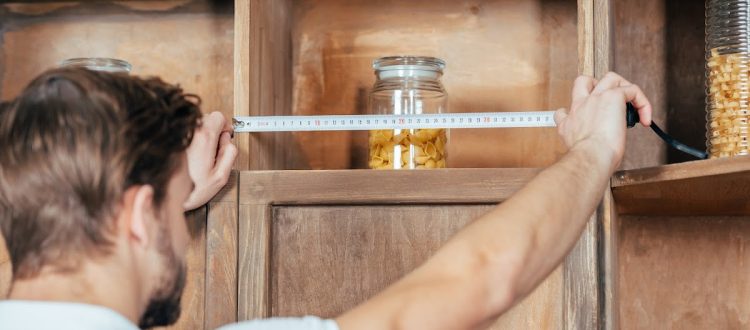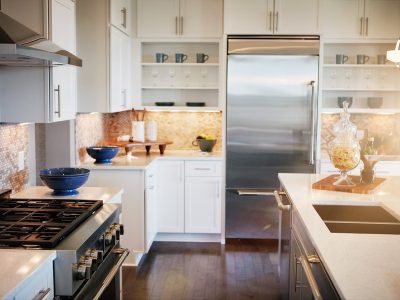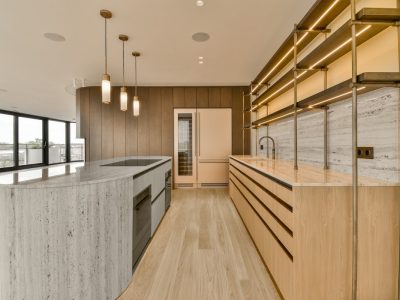Expert Tips on Finding the Right Kitchen Cabinet Depth: A Comprehensive Guide
While planning a dream kitchen, many factors demand great attention to detail. One of the most important things is the depth of the kitchen cabinet. Whether you want to upgrade an existing kitchen or install new cabinets, the depth will impact functionality and aesthetic appeal. Stone International is one of Florida’s leading manufacturers of pre-fabricated granites and solid wood cabinets and understands how important it is to make your kitchen design as functional as it is beautiful.
Choosing the correct cabinet depth can make all the difference in the world regarding storage efficiency, accessibility, and how well the general flow of the layout comes together. This comprehensive guide will cover what you should know regarding kitchen cabinet depth, from standard sizes to cabinet types to the perfect depth that would suit your needs.
Understanding Standard Kitchen Cabinet Dimensions
Before discussing kitchen cabinet depth, one needs to understand the different types of kitchen cabinets and their standard dimensions. Based on the common categorization, kitchen cabinets are divided into three types: base cabinets, wall cabinets, and tall cabinets.
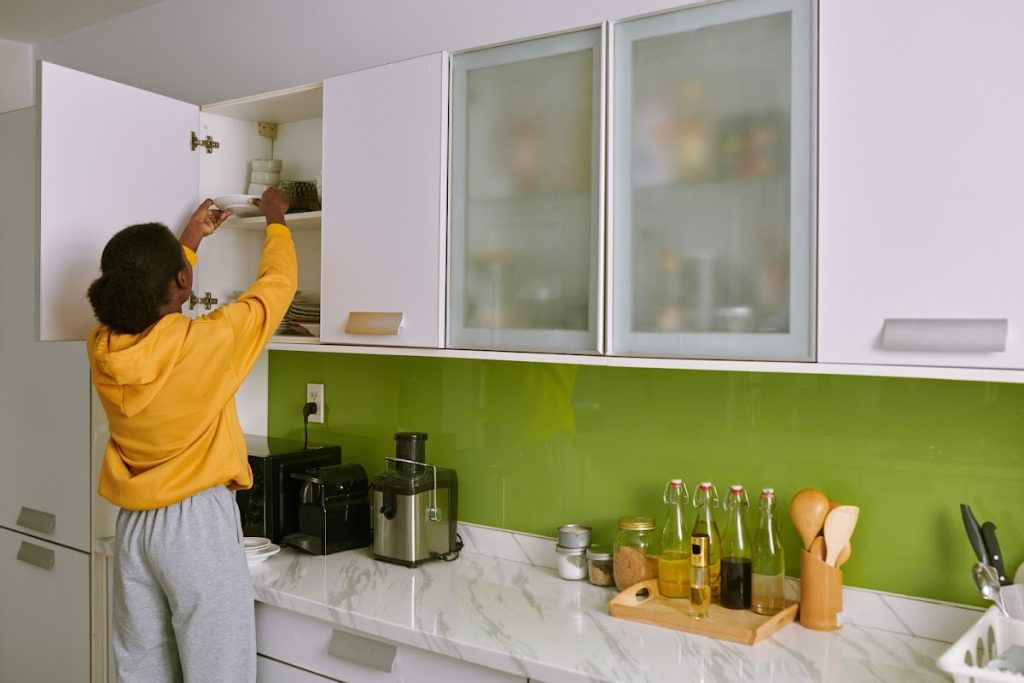
- Base Cabinets: These cabinets rest directly on the floor and serve as the foundation of your kitchen layout. The standard base cabinet depth is typically 24 inches, depending on your needs. The standard heights of base cabinets are between 34.5 to 36 inches, depending on whether you include a countertop. The standard base cabinet width is usually anything from 12 inches to 48 inches, depending on the size and configuration of the space.
- Wall Cabinets: Wall or upper cabinets are mounted on the wall above the countertops. Generally speaking, the standard depth for wall cabinets is 12 inches, but deeper ones, up to 24 inches, are available for added storage. Wall cabinets have three standard heights: 30, 36, and 42 inches tall. The height will depend on the ceiling height and design preference. Cabinets reaching the ceiling create a more seamless look.
- Tall Cabinets: Sometimes called pantry cabinets, tall cabinets offer full-height storage solutions. They are typically between 84 and 96 inches tall and have a standard depth of 24 inches. They are excellent for storing large items, like brooms, pantry items, or kitchen appliances that won’t fit into standard cabinets.
The Importance of Choosing the Right Kitchen Cabinet Depth
Picking the proper kitchen cabinet depth for your kitchen can make all the difference in its functionality and aesthetics. Cabinet depth, also known as the depth from the front of a cabinet to the back, affects how much storage is in the cabinet and how accessible the items inside are. Now, look at some things you must consider when determining cabinet depth.
1. Base Cabinets: Maximizing Storage and Functionality
The depth of base cabinets is one of the most critical factors, as it determines how much storage room you will have for large kitchen appliances, cookware, and other essentials in the kitchen. A standard kitchen cabinet depth for base cabinets is usually 24 inches, which is big enough to store most items without crowding the space. However, if you have specific needs or are working with a small kitchen space, you can opt for custom base cabinet dimensions to suit your kitchen’s layout.
Shallow base cabinets only 18 inches deep will allow for more open floor space in tight areas while offering adequate storage. Alternatively, If you have a large kitchen or a kitchen island, deeper base cabinets of up to 36 inches may be required to store oversized pots, pans, or appliances.
2. Wall Cabinets: Balancing Aesthetics and Accessibility
Another vital consideration is the depth of the wall cabinets. The standard depth for wall cabinets is 12 inches, deep enough to store plates, cups, and other smaller kitchen items. Wall cabinets are installed 18 inches above the countertops for comfortable working space while ensuring everything stored within them is within easy reach.
You can go up to 24 inches deep with your cabinets for more storage; these are generally less accessible and make the kitchen look much bulkier. Cabinet depths must be weighed with functionality and design to prevent the kitchen from cramming.
3. Tall Cabinets: Maximizing Vertical Space
Tall kitchen cabinets are an excellent option for maximum storage. Typically, tall cabinets measure 84 to 96 inches and provide extensive vertical storage for pantry items, kitchen appliances, or cleaning supplies. The standard depth of tall cabinets is 24 inches, though custom sizes can be tailored according to your kitchen layout.
These are best for kitchens with high ceilings or a more streamlined look of floor-to-ceiling storage. Tall cabinet dimensions can vary, but the important thing is that they should fit into the overall layout of the kitchen and look good with the other designed cabinets.
Custom Cabinets: When Standard Sizes Don’t Fit
While standard kitchen cabinet dimensions work for most kitchens, there are those instances where custom cabinets would serve best. The cabinet depth, height, and width can be changed for custom cabinets to fit your kitchen space perfectly. This can be very important in homes with very old or uniquely shaped kitchens where the standard sizes do not work.
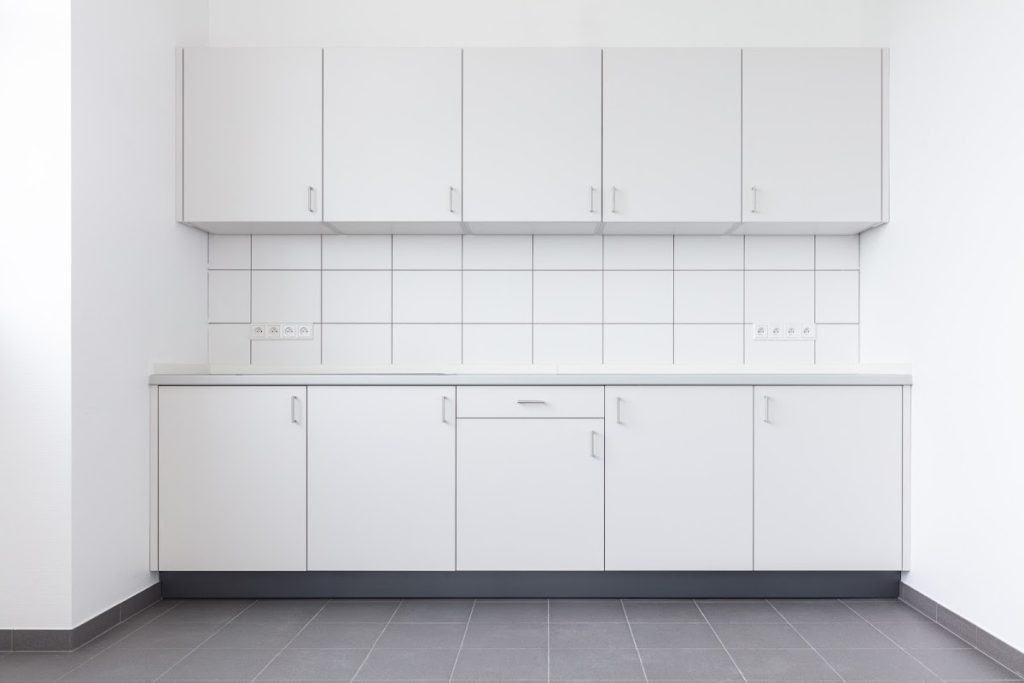
For example, a corner cabinet may require custom dimensions to fully utilize an awkward space. Conversely, if you have a large kitchen island, you could opt for deeper base cabinets for extra storage capacity.
When planning a kitchen renovation, consider whether the investment in custom cabinetry will be worth it. While it’s much more expensive than the standard options, a custom cabinet can help you create the perfect kitchen tailored to your needs.
Factors to Consider When Deciding on Cabinet Depth
Consider shallower base and wall cabinets in a compact space to keep the kitchen from being cramped. Larger kitchens can accommodate deeper cabinets, which means more storage space.
Think about what you need to store. Larger cooking appliances or oversized plates require deeper cabinets. Evaluate the size and amount of items you wish to store and determine whether standard depths or deeper cabinets are necessary. The kitchen “working triangle” (the area between the stove, refrigerator, and sink) should be efficient. Overly deep cabinets can hinder movement and accessibility in this critical area.
Too deep basement cabinets can make reaching items at the back difficult. Consider pull-out shelves or drawers to remedy this. Wall cabinets that are too deep might cause strain when reaching for items, especially if installed higher than usual.
How to Measure Kitchen Cabinet Depth
Measuring the dimensions of your kitchen accurately is the first critical step in selecting the proper kitchen cabinet depth. This covers the space’s depth, height, width, and layout. Here’s a step-by-step guide on how to measure for the perfect kitchen cabinet depth:
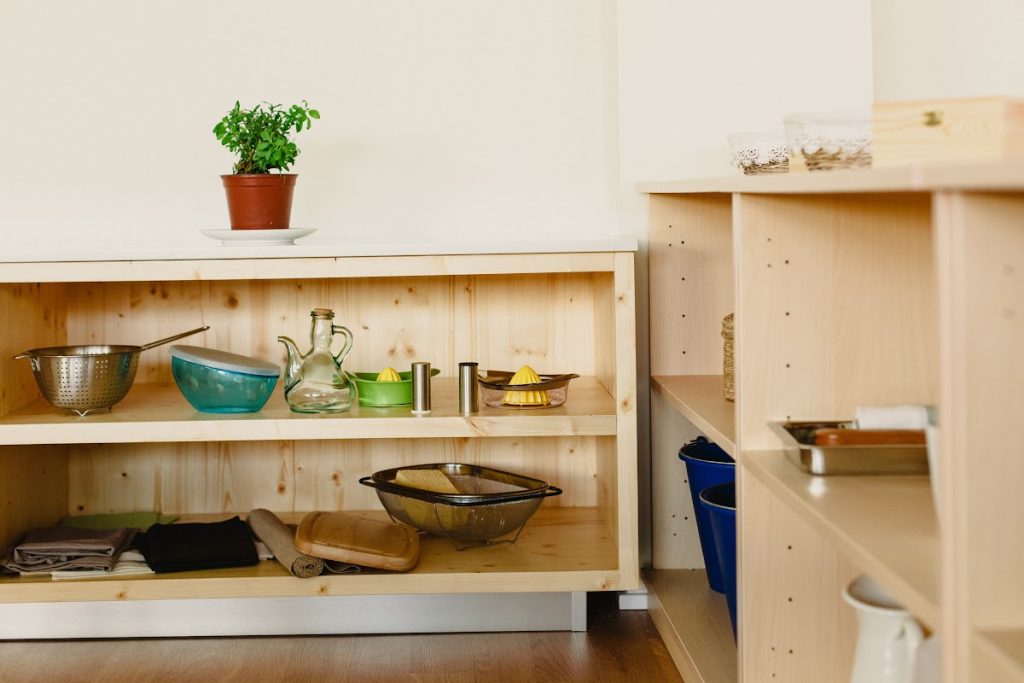
- Measure the overall dimensions of the kitchen: First, measure the length and width of the kitchen to determine how much space will be available for cabinets. Be sure to consider the kitchen appliances, doorways, and windows, as everything will affect the placement of cabinets.
- Determine the depth of base cabinets: Measure the depth from the front to the back of the cabinet. The standard depth for base cabinets is 24 inches, although you may modify this according to your storage needs and the size of your kitchen.
- Measure the depth of wall cabinets: Typically, wall cabinets are 12 inches deep, but you can go for deeper cabinets if you need more storage. Ensure you measure from the countertop to the top of the cabinet so that wall cabinets do not interfere with the workspace below.
- Consider the height of tall cabinets: To ensure they fit nicely without overwhelming the space, one needs to measure the ceiling height for tall kitchen cabinets. Tall cabinets are usually between 84 and 96 inches tall, although you can adjust to any height that suits your needs.
- Consider cabinet widths: Base and wall cabinets come in standard widths ranging from 12 to 48 inches, depending on your kitchen’s layout. Ensure you get a width that accommodates maximum storage without crowding the space.
Kitchen cabinet depth is one of the most critical choices regarding the kitchen’s overall functionality and appearance. Whether you are going for standard base cabinets, wall cabinets, or tall kitchen cabinets, you want to pay attention to how kitchen cabinet depth will influence storage, accessibility, and, most importantly, the flow of your kitchen.
Stone International offers a wide range of standard sizes and custom-sized kitchen cabinets to fit one’s needs. If planned carefully, the dimensions of your kitchen cabinets will create a functional, beautiful kitchen that will meet all your storage requirements. Whether it’s a kitchen renovation or designing a new kitchen, having the proper kitchen cabinet depth will present just the perfect kitchen in terms of functionality and will be both practical and visually appealing.

